Tagged With Lizards

How Big Do Crested Geckos Get? Understanding Their Growth
11 June 2024
Crested geckos usually range from 6-8 inches in length, although the biggest males can get up to 10 inches long.
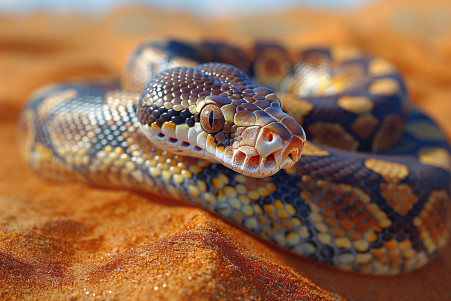
How Snakes Listen Without Ears: The Science of Snake Hearing
1 June 2024
Snakes do not have external ears, however, they have developed unique ways to sense and react to sound waves through bone conduction.

Sulcata Tortoise Size: How Large Can These Giants Grow?
31 May 2024
Sulcata tortoises, which are the third largest tortoise species, can reach lengths of over 2.5 feet and weigh between 100 and 200 pounds when kept in captivity.

How to Feed a Baby Gecko: A Complete Nutritional Guide
29 May 2024
Hatchling geckos need a special diet of insects, as well as calcium and vitamins, to grow and develop properly.

Do Red-Bellied Snakes Have Venom? Information and Tips for Safe Encounters
28 May 2024
Red-bellied snakes are non-venomous and not dangerous to people, and they have red bellies and are on the smaller side.

Can Bearded Dragons Eat Mangos? A Look at Tropical Fruits in Their Diet
25 May 2024
Bearded dragons can have mangos as a treat every once in a while, but they need a well-rounded omnivorous diet.
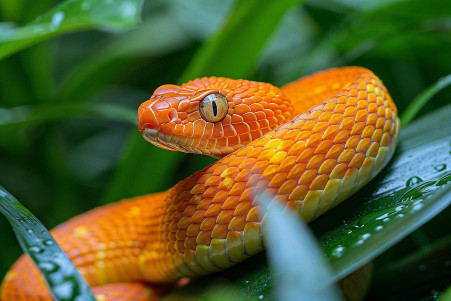
Snakes and Their Deceptive "Tails": An Evolutionary Exploration
24 May 2024
The elongated back ends of snakes aren't tails in the traditional sense, but they are important for things like movement, feeling the environment, and special adaptations.

Do Turtles Have Night Vision? Understanding Their Nocturnal Abilities
17 May 2024
Turtles can see in the dark, but their ability to do so is somewhat limited. That said, sea turtles and other types of turtles have developed special ways to see better in low-light conditions.
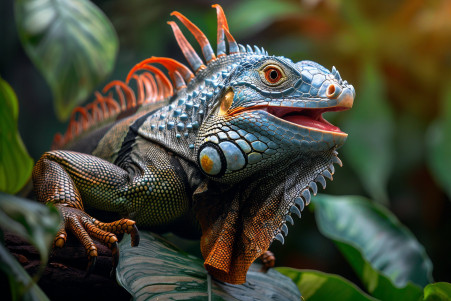
From Hisses to Barks: A Look at the Vocal Talents of Lizards
15 May 2024
Lizards are more vocal than you might think, and they make a variety of sounds to communicate, attract mates, and interact with other lizards.

Do Lizards Have Poison? The Science of Lizard Toxins
10 May 2024
While there are no poisonous lizards, some, such as the Gila monster, have venom glands and can deliver a venomous bite, although it's not particularly harmful to people.
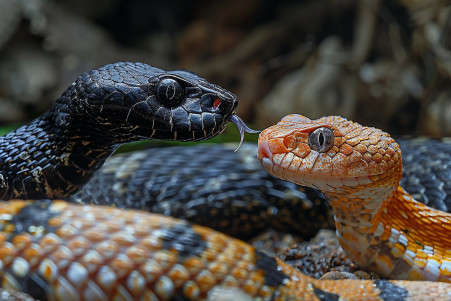
Can Black Snakes Kill Copperheads? The Fascinating Predator-Prey Relationship
10 May 2024
Black snakes, which include rat snakes and racers, are known to search for and consume copperheads, which helps keep the ecosystem in check.
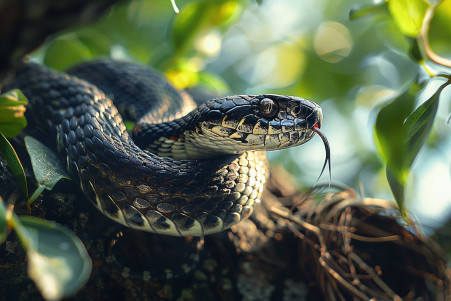
Snakes Eating Birds: A Coevolutionary Arms Race
10 May 2024
The ways in which snakes have adapted to be better bird hunters, including how they hunt and the ways in which birds have evolved to avoid predation.